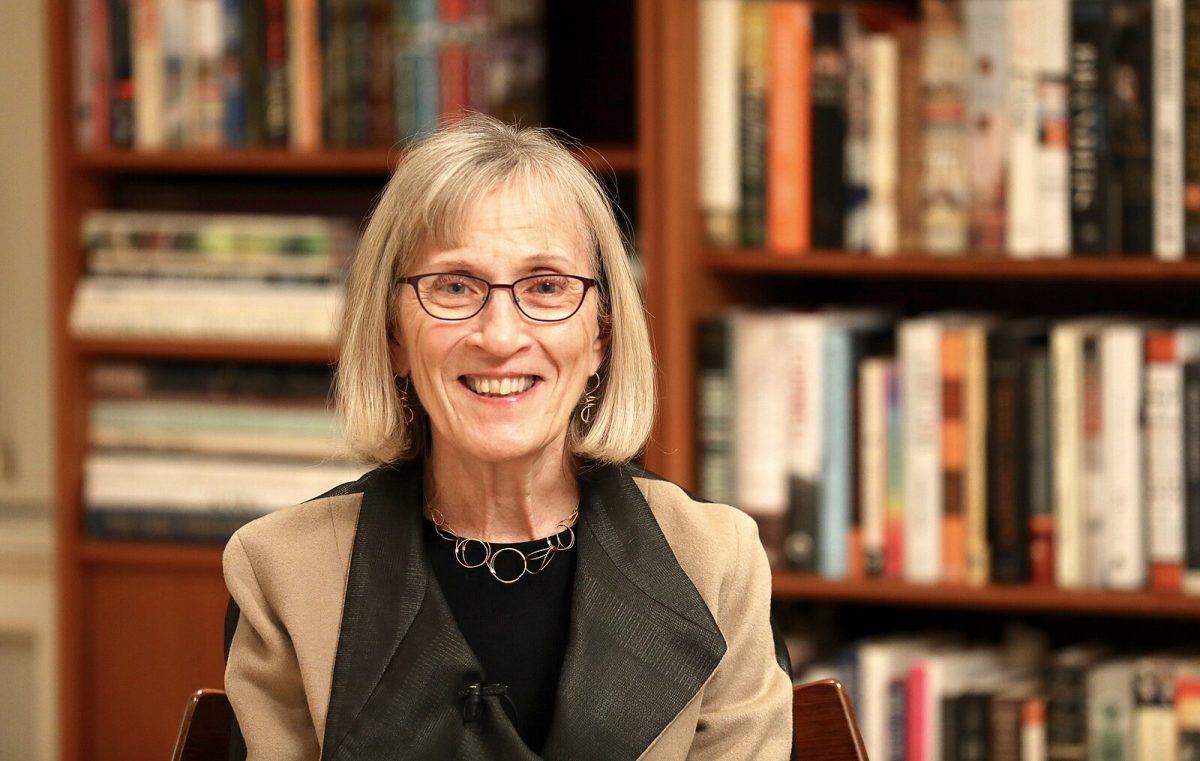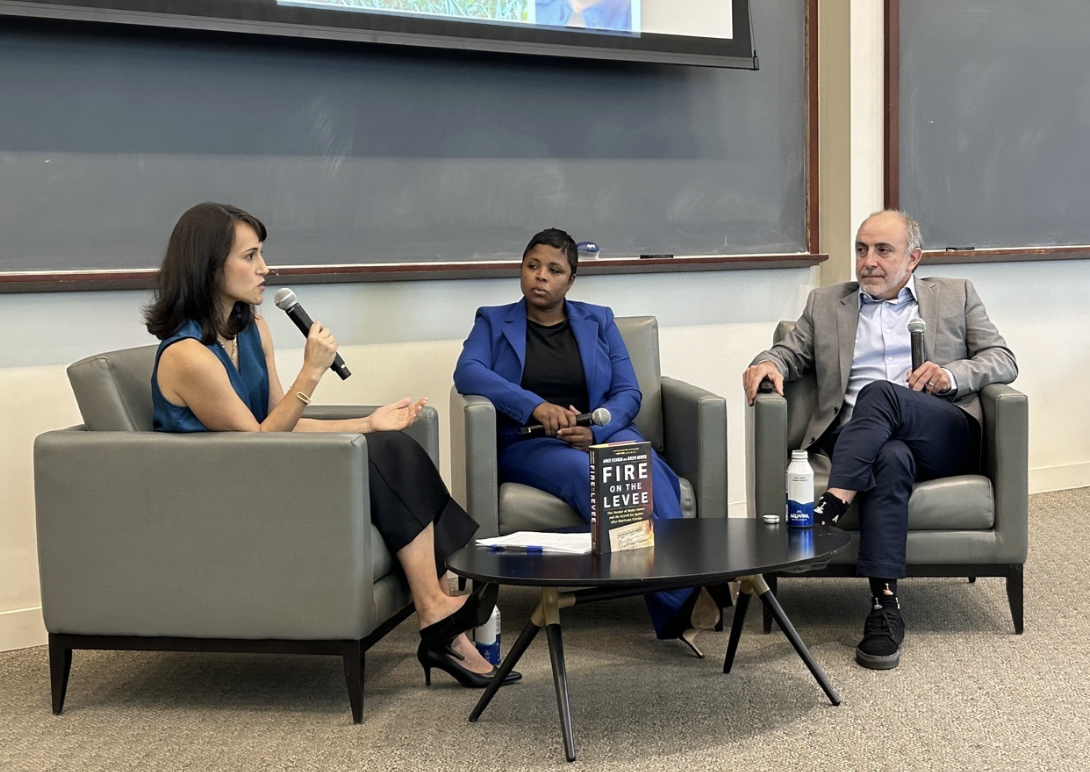On October 9, Harvard professor of economics Claudia Goldin was awakened by a phone call from Sweden. In the early hours of the morning, she was informed that she had been awarded the Nobel Prize in Economics for her research on the fundamental causes of the gender pay gap. Dr. Goldin spent years parsing US economic archive data that spans 200 years in efforts to deduce the fundamental causes of gender-based differences in employment rates and wages. By examining such an extensive dataset, Goldin was able to paint a clear picture of the historical and contemporary barriers to labor market equality, earning her the prestigious award.
Goldin found that, in the twentieth century, occupational choice and education level were the largest hindrances to women achieving pay equivalence in the workforce. While educational opportunities for women expanded rapidly in the early twentieth century, cultural norms held many women back from taking advantage of those opportunities. Women were not expected to seek higher education, and the expected return from pursuing a higher degree was lesser for women than for men. Although norms progressed and opportunities for women’s participation in the workforce increased in the latter half of the twentieth century, many women were unable to capitalize on these opportunities due to educational choices made decades prior.
Cultural norms surrounding childbirth hindered women’s relative pay in the last century, and continue to do so today. In the early twentieth century, women typically left the working world upon the birth of their first child and remained out of the labor force until their child reached adulthood. When women did ultimately reenter the workforce they garnered much lower salaries on average throughout the remainder of their careers due to their relative lack of work experience when compared to men of similar age. Goldin found that the contraceptive pill – because it gave women control over childbirth decisions – allowed them to avoid the associated economic disadvantages of bearing children, and was thus a crucial accelerator of pay equalization.
The effects of these educational and occupational choices on the gender gap have largely closed over the last half-century—however, career consequences of having a child persist. There is a marked decrease in the rate of salary growth for women in the years immediately following the birth of their first child. Goldin found this to be a key reason why women receive lesser pay on average than men for similar roles.
Goldin also measured the tectonic societal shifts that have determined women’s participation in the workforce over the last two centuries. Mapped upon the axis of this broad timeline, progress was not linearly increasing, as one might expect, but was actually U-shaped. Before the Industrial Revolution, women played a critical economic role in the cottage industry of the era. As the technological advancements of the Industrial Revolution enabled men to support their families as the sole breadwinners, women’s economic involvement declined. This shift led to a stigmatization of labor participation by women. It took the extensive feminist movements of the early twentieth century to diminish this stigma and encourage the reintegration of women into the economy that we see today.
Born in New York City, Goldin attended Cornell, intending to study archeology. However, as an undergraduate, she took a class taught by distinguished economist Alfred Kahn, whose impassioned lectures inspired her to change course and pursue economics. She received her Ph.D. from the University of Chicago and presently teaches labor market economics at Harvard.
In 2021 Goldin published “Career & Family: Women’s Century-Long Journey Toward Equity” through Princeton University Press. It includes much of the work for which she received the Prize.
In the Nobel Prize press release, Chair of the Committee for the Prize in Economic Sciences Jakob Svensson stated, “Thanks to Claudia Goldin’s groundbreaking research we now know much more about the underlying factors and which barriers may need to be addressed in the future.”
When asked what receiving the award meant to her, Goldin said, “Well, it certainly means a tremendous amount. It also means a lot because it’s an award for big ideas and for long-term change.” She also noted her place in a line of notable economists, stating, “So I was a student of Bob Fogel, who won a Nobel Prize in Economic History with Doug North, and I was also a student of Gary Becker’s. I am a third-generation Nobel since Bob Fogel was a student of Simon Kuznets.” Of equal note, Goldin is only the third woman to receive the Nobel Economics Prize, and the first to receive it for her individual work, rather than as a member of a group.
The Nobel Prize acceptance ceremony will be held in early December 2023.
Image credit: By Editing1088, via Wikimedia Commons














